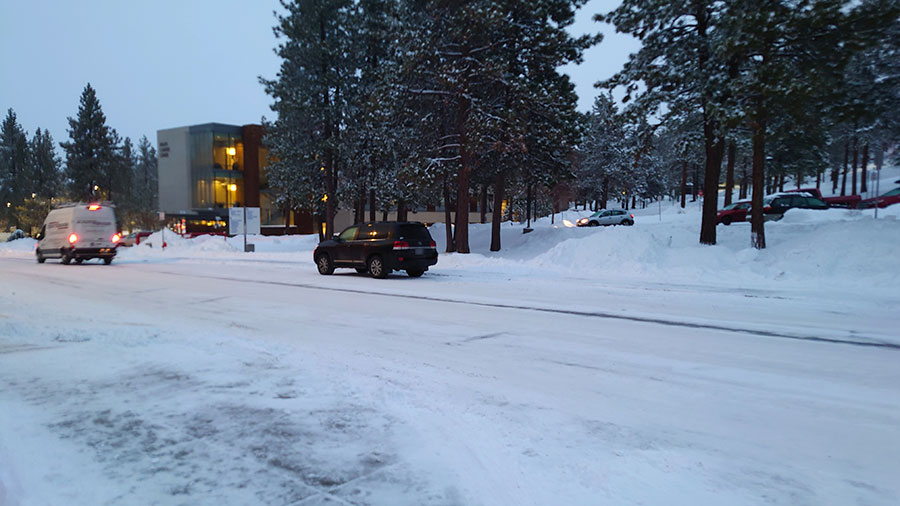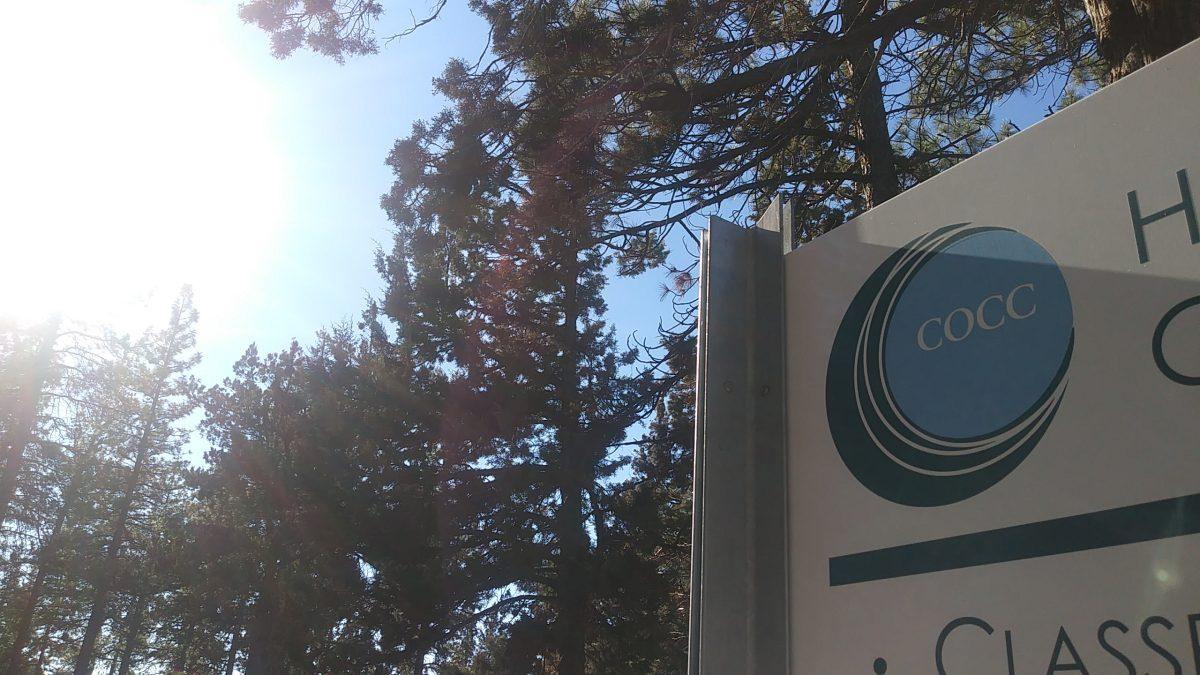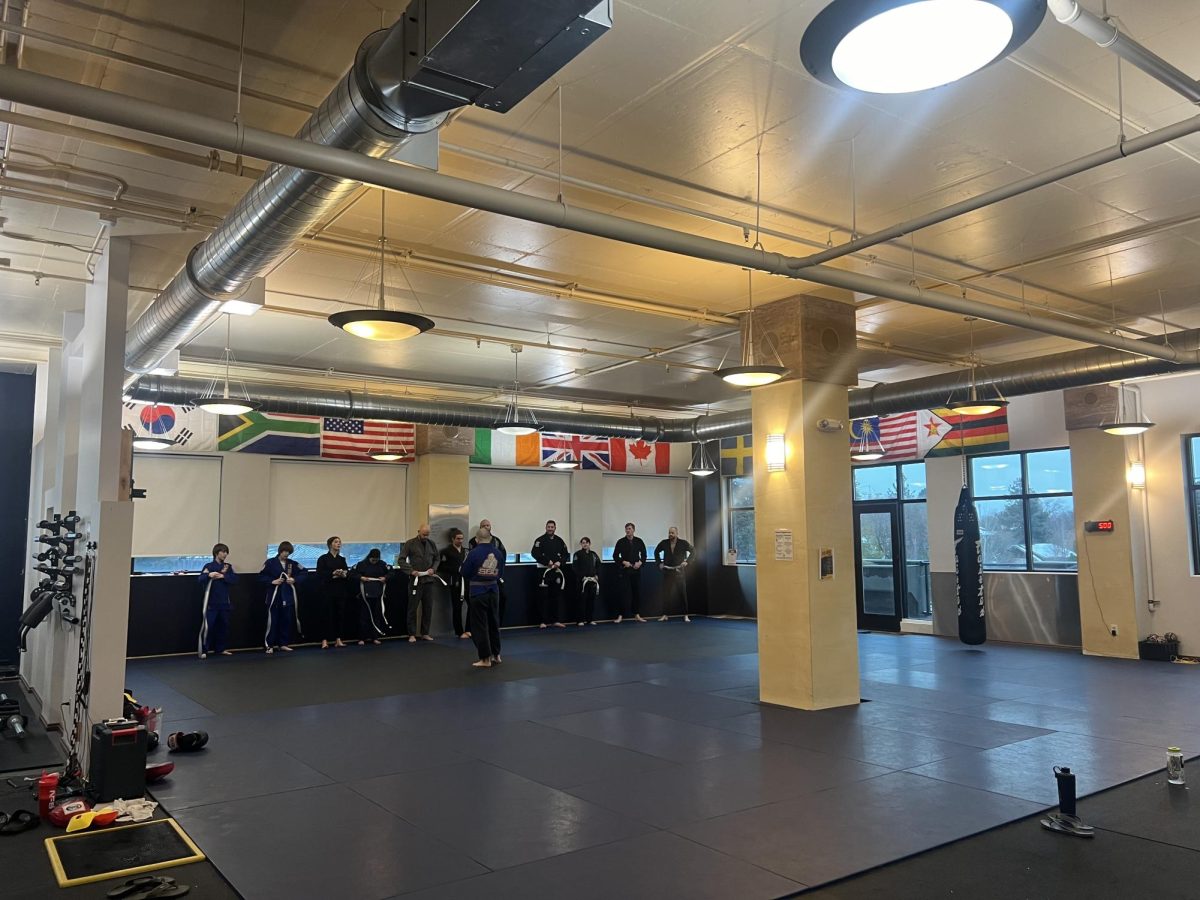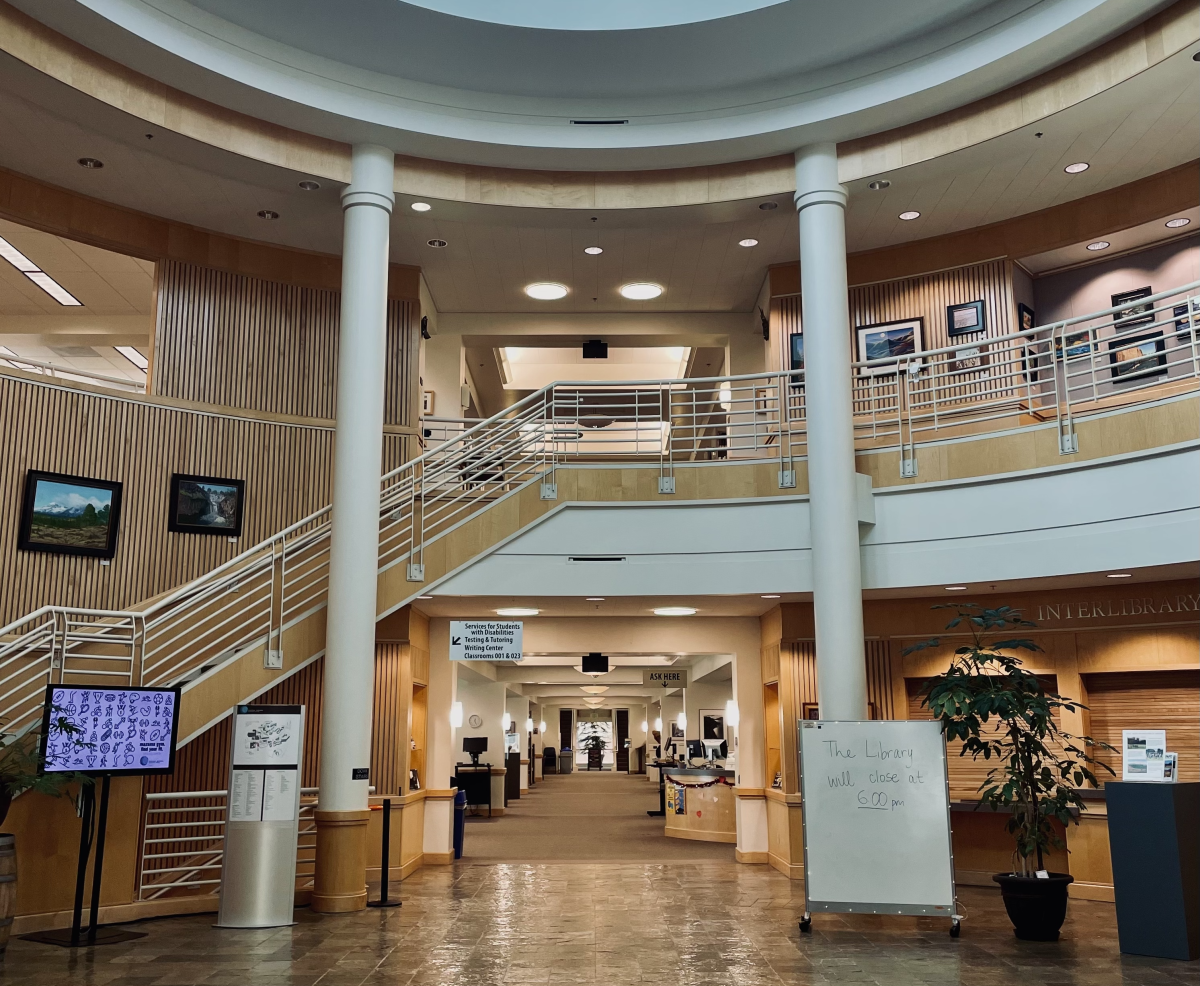By Adam Case | The Broadside (Contact: [email protected])
Central Oregon has many natural wonders, including any number of caves. Due to the volcanic climate, the landscape is covered in lava-formed cave systems. These caves offer a unique high desert experience that can be done in a day trip.
The temperature inside the caves is consistently around 40 degrees, which according to Bret Michalski, makes them an outdoor option for any time of year, providing cool relief in the summer, and warmer shelter in freezing winters.
Michalski has been an associate professor of forestry and wildlife at Central Oregon Community College since 1994. In the past, he has led groups of children through Lava River Cave, exposing them to one of the few places which he describes as “totally dark, totally silent, and cold.”
The Lava River Cave is the most popular cave in Central Oregon, and it recently opened for the 2018 season. Access requires a day pass for $5, and gas lamps can be rented for the same price. Visitors begin their journey down several flights of stairs leading into the cave. Then the ground becomes mostly sand, lasting about a mile in each direction. Some parts may require some crawling towards the end. It has several interesting natural features including ice and sand spires. There are plaques for visitors to read as a self guided tour. Currently, the cave is open from Thursday through Monday 10 a.m. to 4 p.m. After May 24, it will be open daily from 9 a.m. to 5 p.m.
The majority of Central Oregon’s caves can be found in the wilderness surrounding China Hat Road heading southeast from Bend. Michalski recommends freely exploring the area as new caves could be found at any moment.
Several of the caves have been closed off to the public. Skeleton cave, located near the junction of the Arnold Ice Cave Trail and Coyote Loop Trail according to the United States Department of Agriculture, is only accessible through private tours offered during the summer time. Wind cave has been closed off permanently. Both of these caves contain valuable bat populations which require protection.
Michalski warned that entering these caves during winter can disrupt the bats at critical moments. During winter, the bats enter a torpor, similar to hibernation, except they can be woken up by disturbances. If the bats are woken up during the winter, they will not be able to survive outside and risk spending energy needed to continue living until spring.
According to Michalski, the biggest threat to the bats is a fungus called white nose syndrome. The fungus covers their nose in a white fungus as the name implies and can be irritating to them, disrupting their torpor and running the same risks. Infected caves on the east coast have lost significant amounts of their bat populations. White nose syndrome can either be spread from bat to bat or on the soil carried by boots and caving equipment. In order to prevent its spread, visitors are requested to leave behind any items which may have been brought to any caves or mines east of the Rocky Mountains.
Other caves are protected by the government to preserve their historical significance. Some contain old Native American pictographs or petroglyphs. In order to prevent vandalism or theft of these artifacts, the caves’ location has not been made public, though they are still accessible to those who can find them.
Melissa Merryman, residence life coordinator at COCC only recently came to Bend, but has already become acquainted with these natural wonders. Last fall, she organized a trip for residents to go to Boyd Cave as a group. She said it offers students adventure, “[It’s] a chance to go out and do something they may not have before.”
Boyd Cave is found on China Hat Road, just before the road turns to gravel. The cave is an unassuming hole in the sagebrush wastelands with a short set of stairs descending into it. It’s about a half mile in each direction. Some sections of the cave collapsed long ago and those visiting should be prepared to climb over these sections. There are also several areas which require crawling through narrow chambers, leading into more open areas. Boyd Cave is fairly simple and accessible at all times.
Come spring, Merryman plans on partnering with Wickiup Hall Community Assistant Ellis Johnson, to take residents to Arnold Ice Cave. This cave is further down the gravel road than Boyd and is a series of 19 caves formed by the same lava flow. She chose this cave for its namesake, “[There are] ice nubbins throughout the cave that make for great pictures when light is held to them.”
Just up the dirt path from Arnold Ice Cave, Hidden Forest Cave is nearby. This cave begins as a depression into the ground, leading to a massive stone awning which Merryman describes as “a beautiful cathedral style opening” which is filled with trees.
Whichever cave seems the most appealing, make sure to bring warm clothes, a headlamp, water, a friend and a conservational mindset to protect these treasures for all to enjoy. ■




















